Are black cats a source of bad luck?
In medieval times, black cats were associated with witchcraft and many of these beliefs persists over the centuries.
In other cultures though, black cats are a sign of good luck.
Where did the myths about black cat luck originate?
In this article, I’ll dive into the history of black cat luck mythology.
Let’s go!
I am not a veterinarian and I recommend seeking the advice of a vet for any further questions relating to your cat’s health.
Black Cat Luck History
Ancient Egypt
Ancient Egyptians thought black cats were a sign of good luck.
The sacred black cat goddess, called Bastet, was a deity of Egypt during the 22nd dynasty between 943-716 BC. During these times, having a black cat in your house signified prosperity, fertility, and protection.
The Egyptians were so devout to Bastet, they surrendered a battle with Persia in 525 BC. Persians had their shields adorned in feline art and released cats into the battlefield.
The Egyptians did not want to offend their cat goddess, and as such yielded.
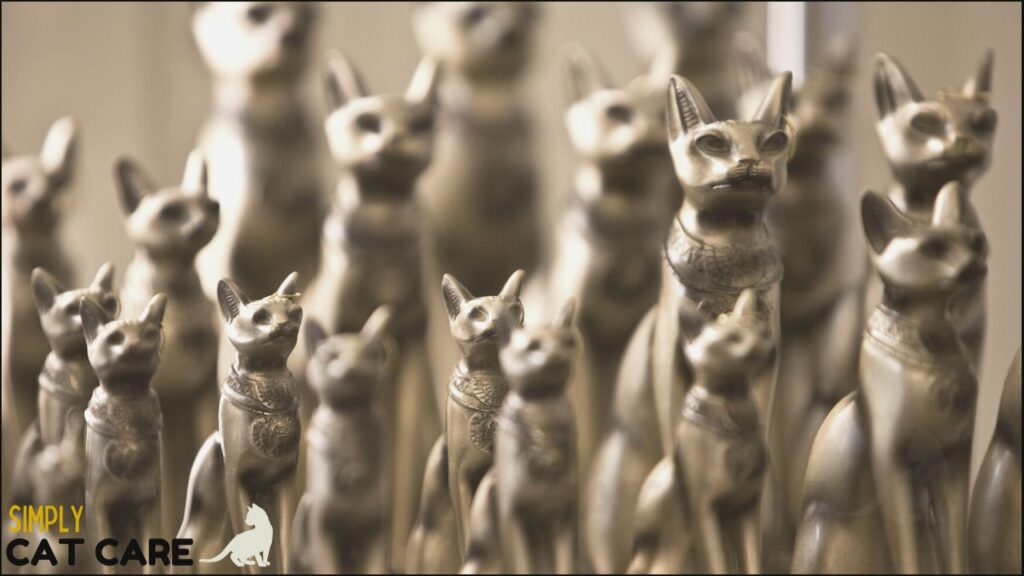
Medievel Europe
Fast-forwarding to 1233 AD Europe, the catholic church believed black cats as devil incarnates.
The Europeans that they were assisting in the black magic works of witches, and thus deemed it necessary to burn black cats alive.
The middle ages were not the best time for black cats. Unfortunately, this barbaric belief was a key factor in the Black Death plague which resulted in more than 25 million deaths around 1347-1351 AD.
The spread of the disease was due to rodents. Since cats regulated the population of rodents, the crude practice of eliminating the black cat population worked against society.
Take that Medieval Europe.
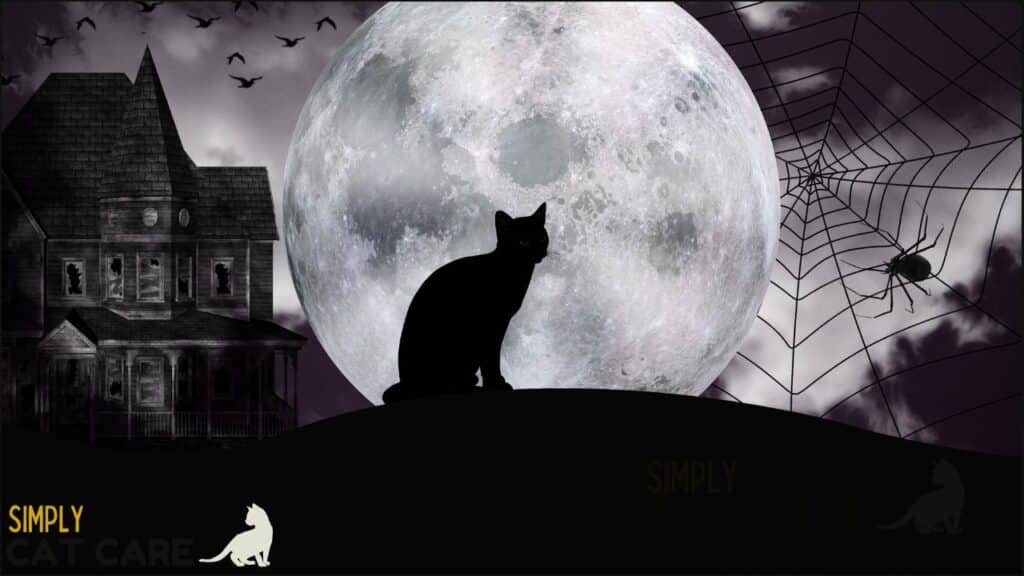
Witch Hunts
Things didn’t get better for black cats in the next few centuries.
In the 17th century, people thought black cats had the ability to shapeshift into witches. Witches were these elderly women who lived in isolation. The black cats were assisting in their black magic witchcraft.
Moreover, the witches fed the blood of babies to keep their black cats young, people felt. Witchhunts involved burning a suspect witch at the stake as well as their black cats.
The world was not kind to black cats back then.
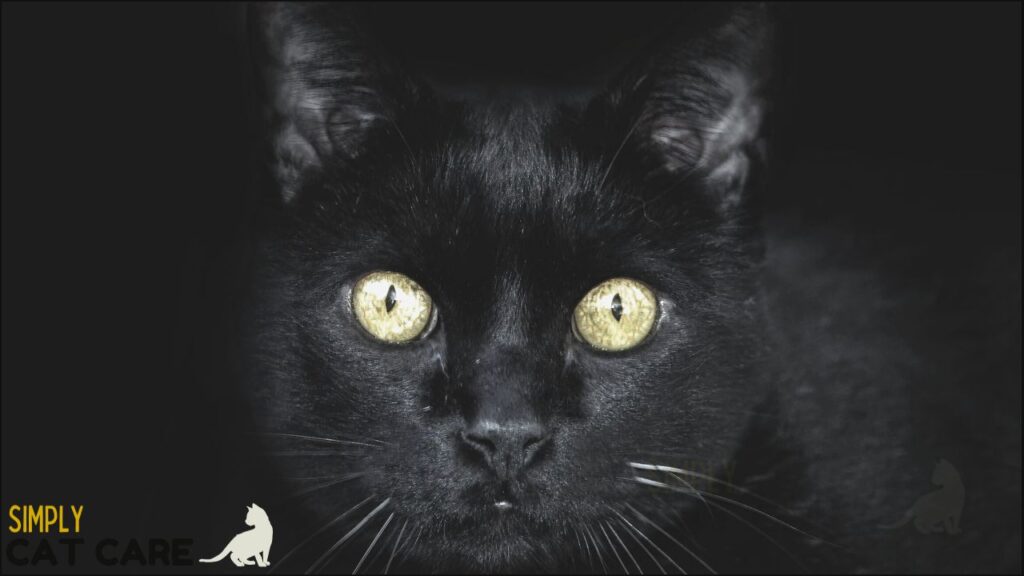
Japan
Things aren’t so bleak for black cats in Japanese and Chinese culture.
An old folklore tale exists of a man working in a field one day. The story goes that a black cat raised its paw to the sky beckoning the man towards a shabby temple during a storm. The man obliged, entered the temple, and then watched as lightning struck the tree he was standing under.
Afterward, the man rebuilt the temple and named it the Gotuku temple.
The Gotuku temple exists as a real tourist location in Japan. You can find yourself greeted by a lot of cat statues – as in thousands – all happily waving at you. The name of the cat is Maneki Neko and is a sign of good luck, and a symbol for warding evil.
You can even write an ‘ema’ which is a wooden plank featuring the Maneki Neko. The hung ema sits in the Gotuku temple shrine and brings good luck, according to legend.
There’s also a black cat café called Nekobiyaka in Himeji, where black cats roam around with colored bandanas to distinguish them.
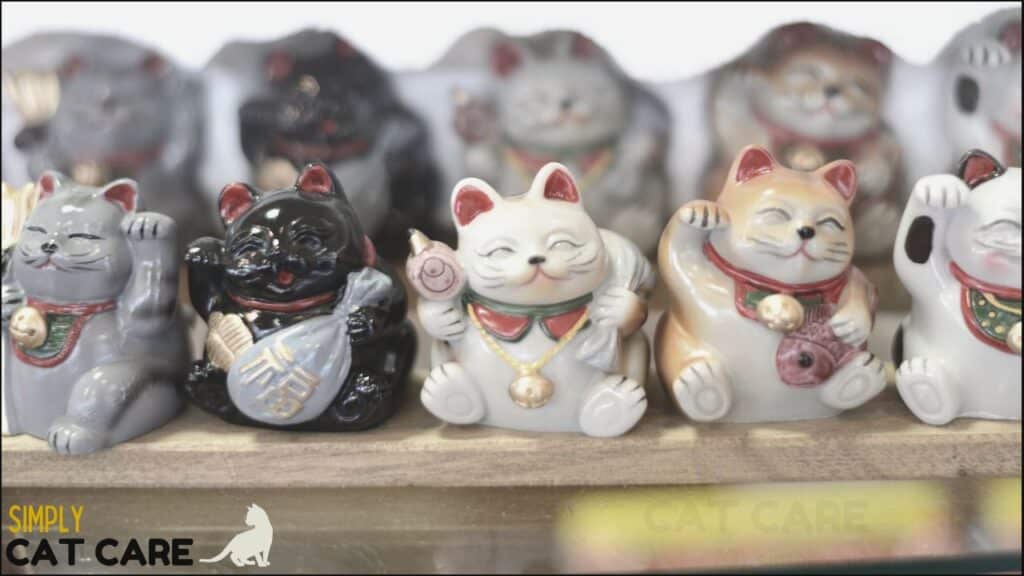
Scotland
In Scottish folklore, the spectral cat Cat Sith (a black cat ghost) haunts the highlands and can steal the souls of dead bodies.
As such, people would guard the dead bodies and try to distract the Cat Sith. They would play games and light a fireplace to keep the cat warm and distracted.
Despite this, it didn’t appear to evoke cat slaughters in Scotland or England. Moreover, Cat Sith is also associated with good fortune.
Leaving a saucer of milk on the hearth on Samhain (a Gaelic festival on 31st October) blesses a household with harvests, according to folklore.
Black Cat Superstitions May Be Decreasing
Cultural ideas about black cats may have spread with European Christian settlement in western countries.
Modern-day non-cat families think of cats as bad luck, bad omens, and something associated with Halloween.
In cat adoption shelters, black cats appear to have the lowest adoption rates, and cat shelters have refused black cats on or before Halloween. This may be due to fear of black cats getting tortured.
The black cat syndrome as it’s called seems to be improving. Data from the American Society for the Prevention of Cruelty to Animals (ASPCA) shows rates of black cat adoption increasing.
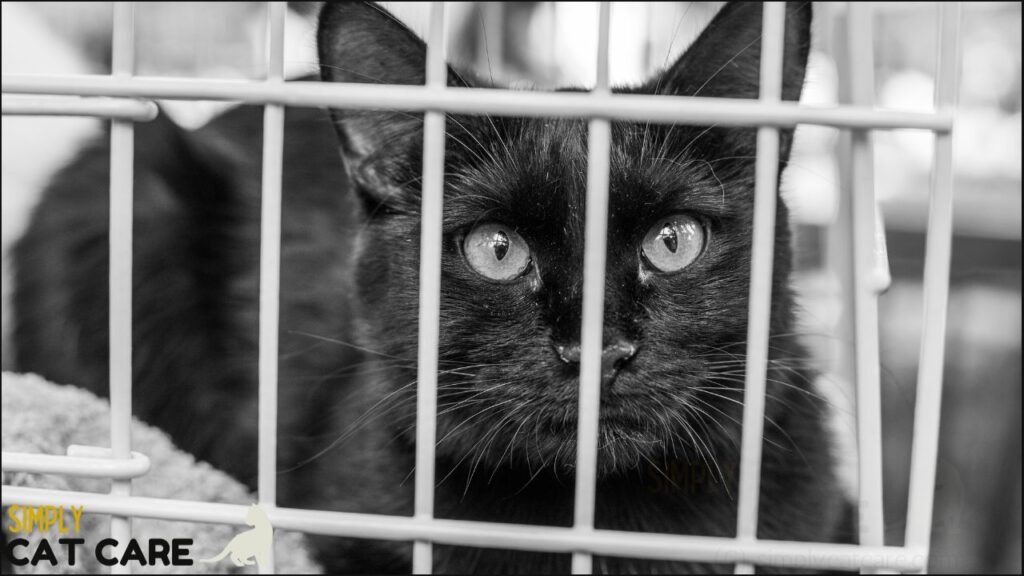
There Are Over 20 Breeds of Black Cats
There are 50 shades of grey, but in cats, there are 22 shades of black it seems. This can include breeds such as the Japanese Bobtail, Scottish Fold, and Egyptian Sphinx.
The only ‘full black’ cat is the breed called Bombay. This was a type of cat bred in the 1950s by a woman called Nikki Horner, due to her fascination with black panthers.
When exposed to sunlight, the pigment of a cat’s fur will break down, and reveal underlying colors beneath its black coat.
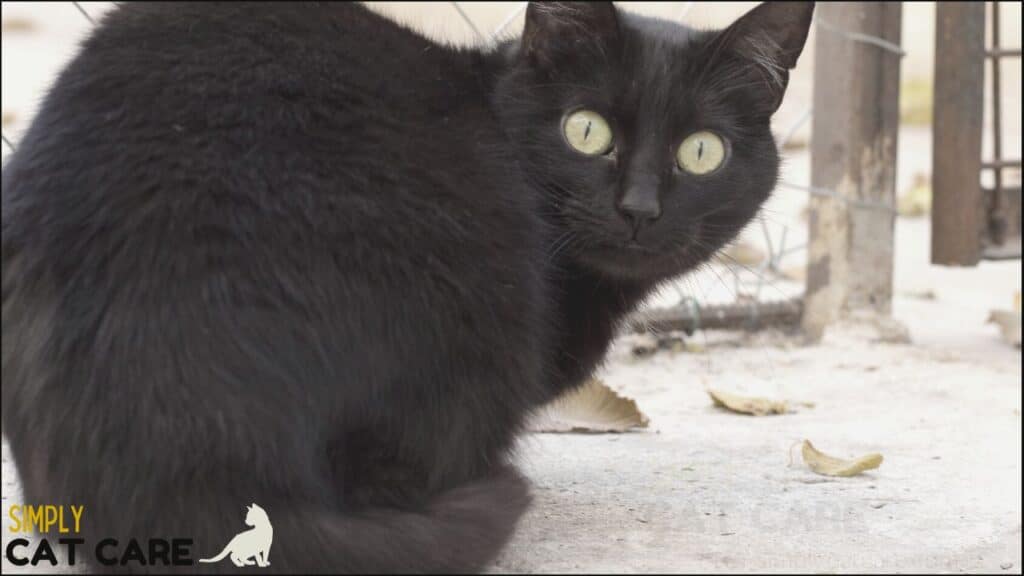
Black Cats Are More Resistant to Disease
Cultures have debated whether black cats are bad, or good luck, to people – however, are they good luck to themselves?
Researchers mapped the sequence of genes associated with melanism (the genes that account for pigment) and identify changes in the agouti gene.
This can also affect a connected gene called MC1R which encodes a protein that embeds itself on cellular membranes to allow the transport of HIV viruses. It may give black cats more resistance to viral infections.
However, the more likely benefit of black cats is that they are more camouflaged for hunting.
Check out my article on cat patterns to learn more awesome facts.
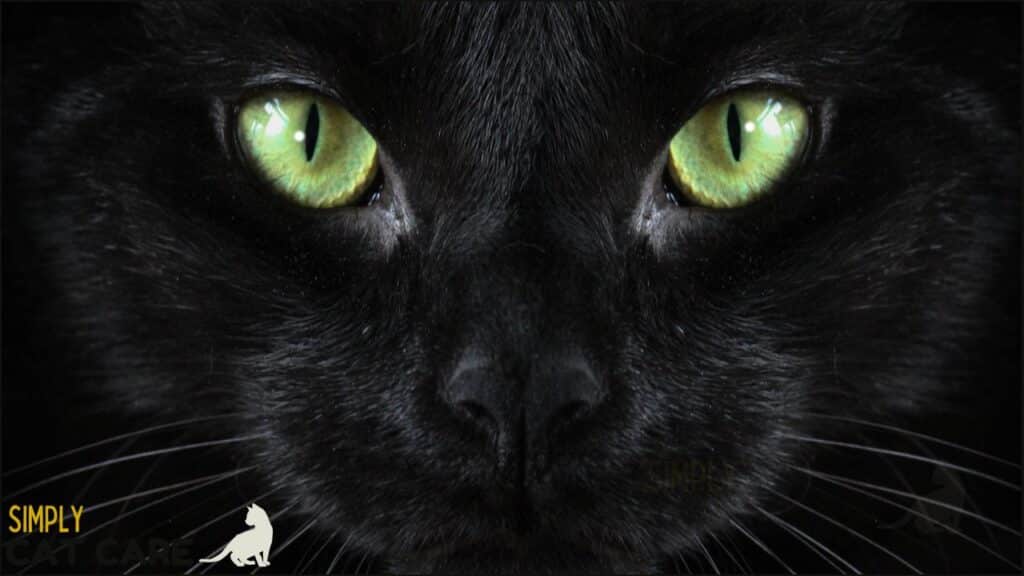
Conclusion
There are many superstitions around black cats. Some cultures believe that they bring good luck while others consider them to be a sign of bad fortune.
In Ancient Egypt, black cats represented fertility. In Medieval Europe, black cats were linked to witchcraft.
Some cultures still see them this way today. In Japan, for example, the cat deity Maneki Neko brings prosperity.
